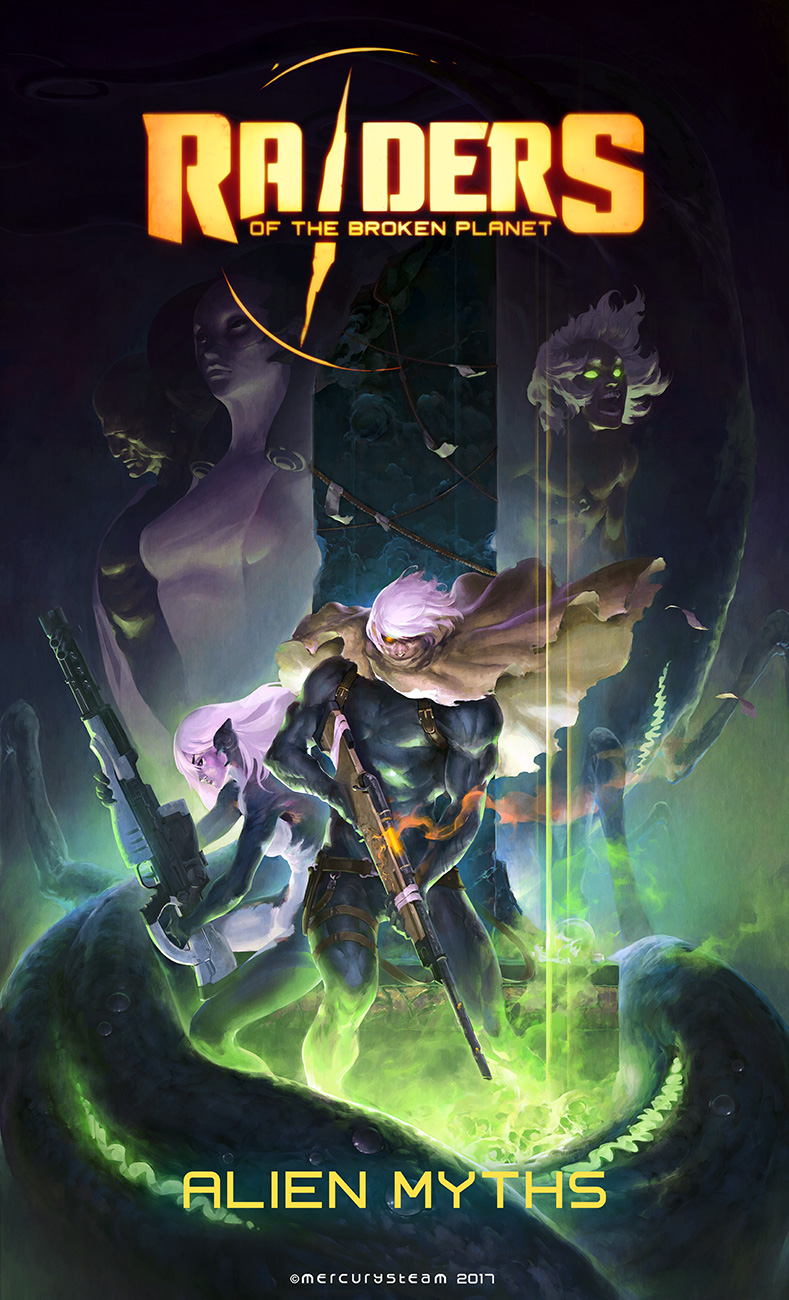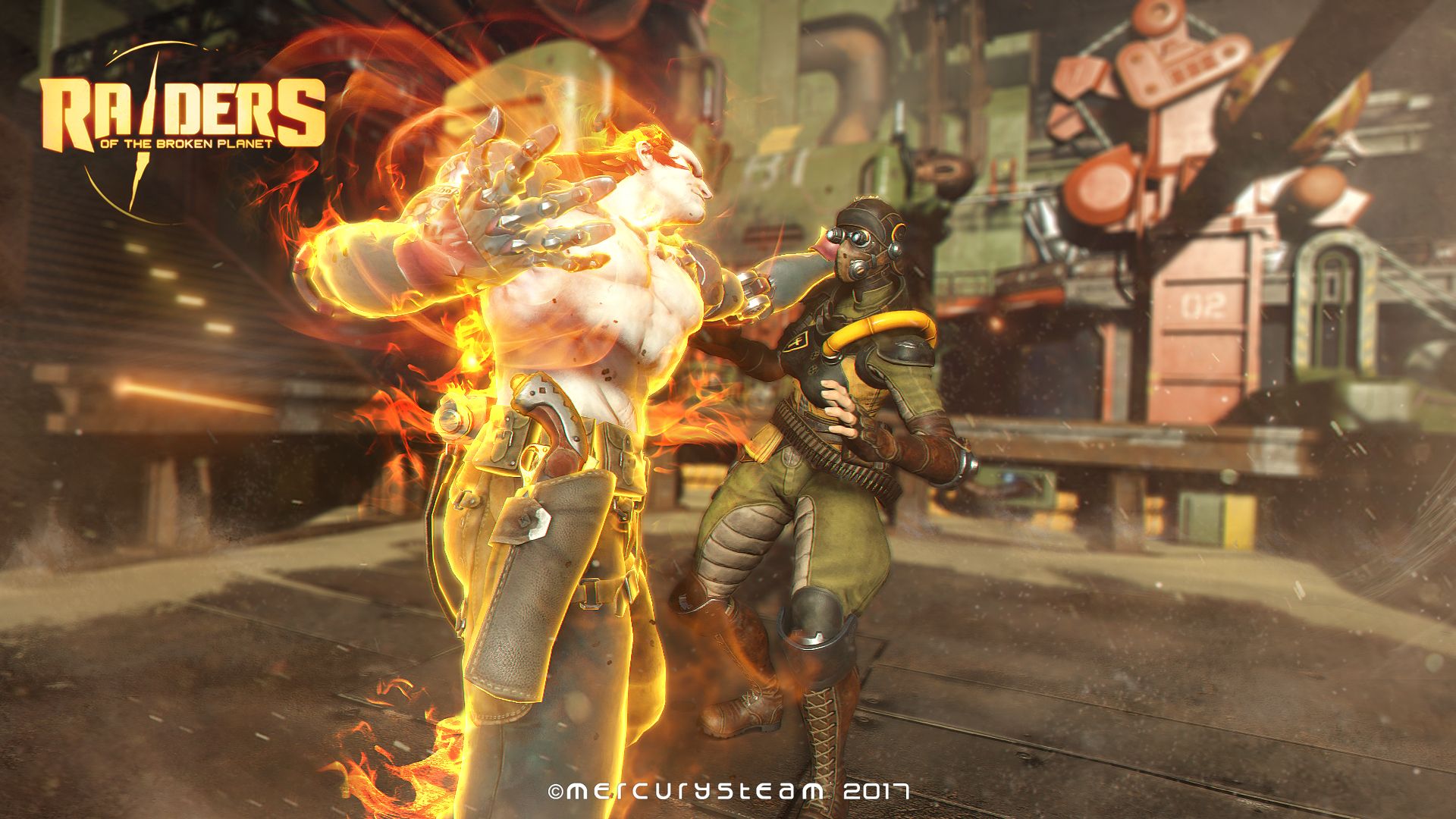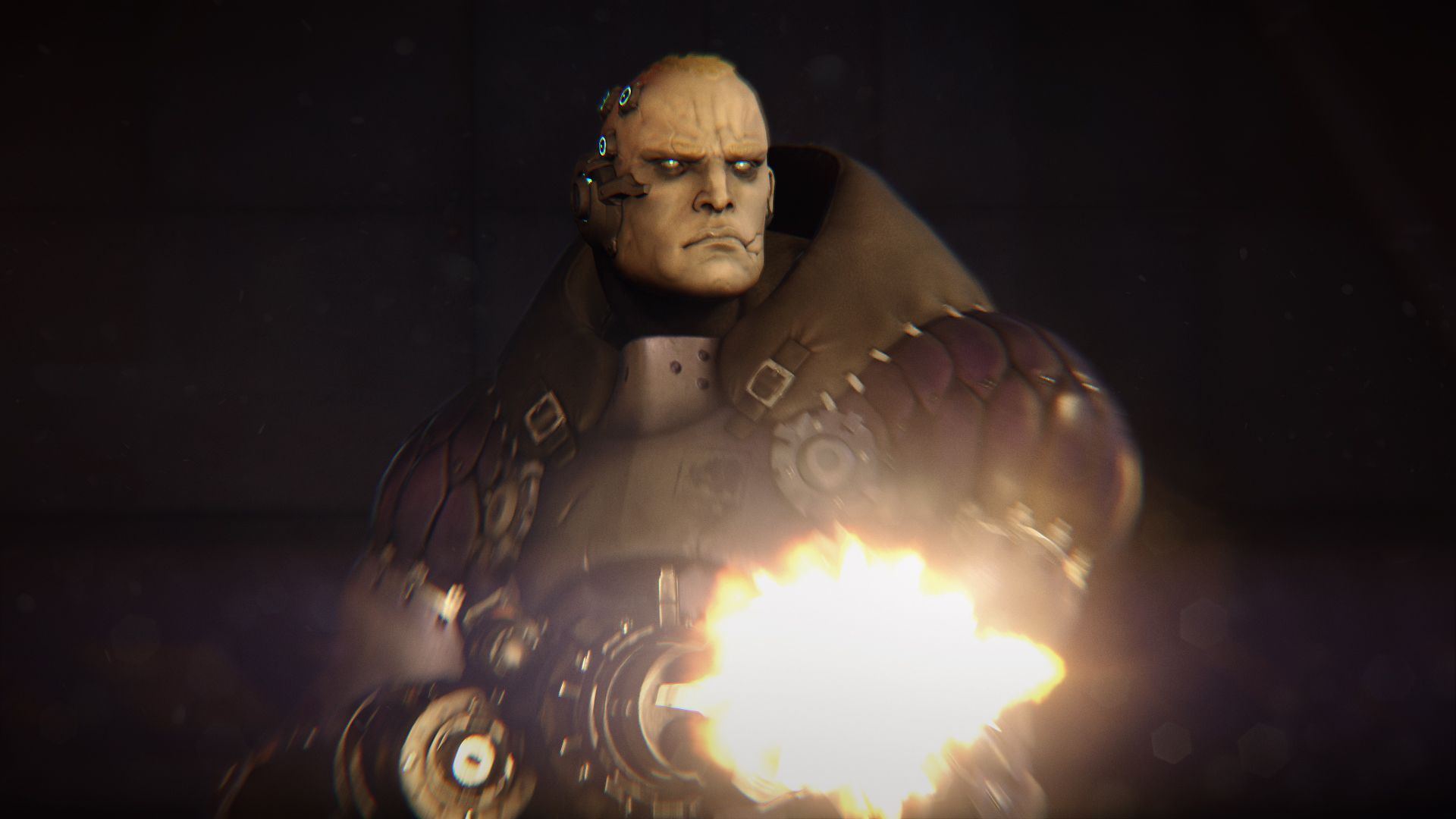Raiders of the Broken Planet
Developer: MercurySteam
Publisher: MercurySteam
Platform: PlayStation 4, Xbox One, Windows (Reviewed)
Release Date: 22 September 2017
Price: $9.99 USD per campaign/$39.99 USD for all four campaigns – Available Here
Video Review
Overview
Raiders of the Broken Planet is a four versus one asymmetrical shooter. The game is composed of four campaigns that are purchased separately. The first campaign “Alien Myths” is available now. The final three campaigns are scheduled to launch in the coming months.
Story
The game is set on the Broken Planet, a physically shattered planet that has been under invasion by human forces since the discovery of the mysterious power source Aleph teleported the humans to the Broken Planet. Now, the humans have broken up into factions and battle among themselves for control of the Aleph. Caught in the crossfire are the planet’s indigenous population. After much bloodlust, a leader among them rises. Harec decides it is time to round up the greatest fighters on the planet and send the humans back to Earth in a violent uprising that will bring peace back to the Broken Planet.
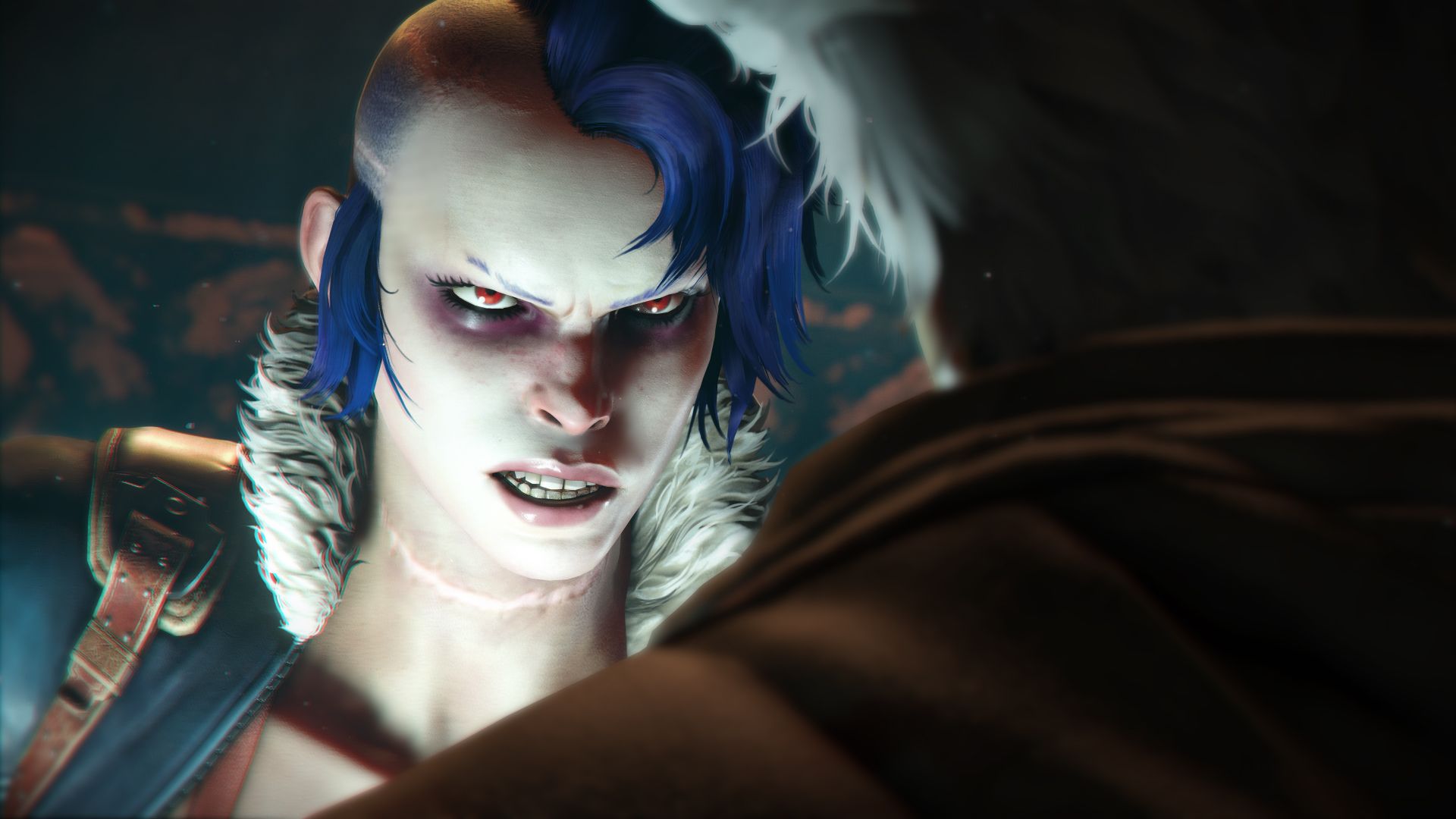
As each campaign is its own self-contained story, it is easier to treat each campaign in Raiders of the Broken Planet as an episode in a longer season. Unfortunately, the format doesn’t work very well for the game. There is very little time for plot development in in four missions plus the one from the game’s free prologue. The result is a very weak plot that establishes some rough plot points that never delves deep enough to be interesting. The real meat of Raiders of the Broken Planet’s lore is in the Universe entries that need to be unlocked with the same currency used for actual gameplay. It is not a winning combination by any means.
The writing is mediocre at best. Some of the lines are a bit on the corny side. The awkward use of swearing makes it feel like the script was incorrectly translated from another language at times. For the most part, the main characters are decently crafted with a few solid lines each. The villain Uras Beherit is likely the worst so far. Compared to the others, he feels like he was messily thrown together last minute. His lines and the voice acting for the character is extremely inconsistent. At times, Uras is an intelligent, almost regal villain, while other times he devolves into a cursing thug. Worst of all is the insanely repetitive lines that play when the Antagonist dies. There are only two or three lines that belittle and demean the player for dying, no matter how many compliments that were being laid on the player only moments before.
Gameplay
Raiders of the Broken Planet is a third person shooter with some brawling elements. The game feels a lot like the third person shooters coming out of Japan during the PlayStation 3 and Xbox 360 era because it breaks from western shooter conventions, for better or for worse. The actual set of controls are very simple. It seems like the game was designed strictly for consoles in this regard. The game focuses on seamlessly switching between movement based on context. Jog in a line for a while and the character will break into a sprint. Run headlong into cover and the character automatically switches to cover mode. Once I got over the shock of not having direct control of my character’s ability to sprint, I found the movement system to be incredibly responsive. It is one of the better implementations of a cover system. The shooting controls also feel rather foreign as there is no hip fire, only melee attacks in the regular camera. Players must switch to the aimed camera before their guns can fire. The setup works fine for most characters, but I found it to be a bit unwieldy for Lycus Dion. Since Lycus’ gameplay revolves around constantly moving to stay alive, slowing him down so he can use his shotgun makes little sense to me. The game doesn’t have any voice over IP options on PC. Instead, players are stuck with a generic command wheel that feels like it came out of the previous generation of consoles. This is inexcusable for a co-op shooter in 2017.
The game is built around the Aleph system. Performing physically stressful tasks like moving faster than a walk, shooting weapons, striking enemies, and so forth will cause the stress meter to rise. Once the character reaches a stressed state, they are unable to regenerate health and their body will glow with Aleph, making them visible to the Antagonist through walls. It is an interesting extension of the age-old regenerating health system that gives an interesting spin for the competitive mode. Additionally, players can gather up to five levels of Aleph by killing an Elite enemy AI with a melee ability. The Aleph levels are used to power up objectives or improve the effects of the character’s equipped passive skill cards if five levels are gathered.
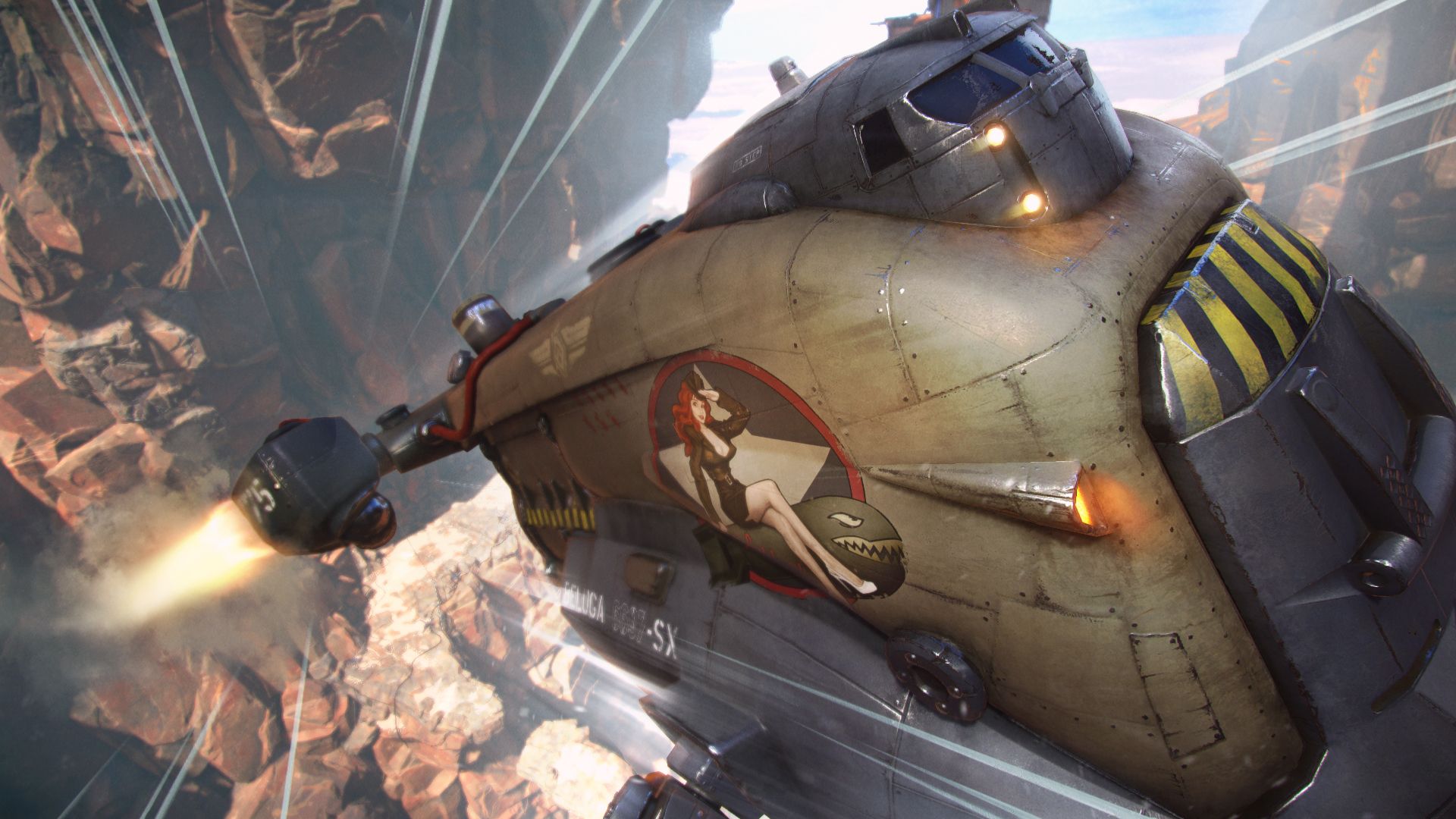
The melee system is a rock, papers, scissors design. Strikes can defeat grabs, which defeat dodges, which defeats strikes. In theory, this is a perfectly workable system that in practice fails miserably. Strikes are seemingly the go to solution for melee combat in the game for a couple of reasons. For starters, striking an enemy always the better option unless the player can ambush an AI from behind or find a downed elite AI enemy as the AI will always auto counter with a strike. Getting grappled is always an instant death for the player, which makes reacting immediately with a strike a much safer option than a dodge. If the player guesses wrong, getting struck in the face is at least potentially survivable.
Raiders of the Broken Planet uses a rather novel spawn system. The entire team shares a respawn pool. Once the pool drops to zero, the remaining team members must survive for a certain period of time so the support shuttle can return with a fresh respawn pool. Every time the shuttle makes a run to top up, the time it takes to return increases. If all players die with no more respawns left in the pool, it’s game over. For co-op gameplay, it is a neat system that allows stronger players to carry the team a bit for weaker players. For the competitive mode, the respawn system becomes more of a nuisance. Unless there is a massive skill gap between both sides, matches get dragged out if the co-op team is smart enough to bunker down behind cover and grapple the Antagonist for an easy kill to buy time. This boring stalemate is the main downfall of the Antagonist mode as playing the Antagonist boils down to ambushing characters to whittle down the respawn pool then try to find the lone camper that is trying to bunker down until the respawn pool refills, then repeat ad nauseum.
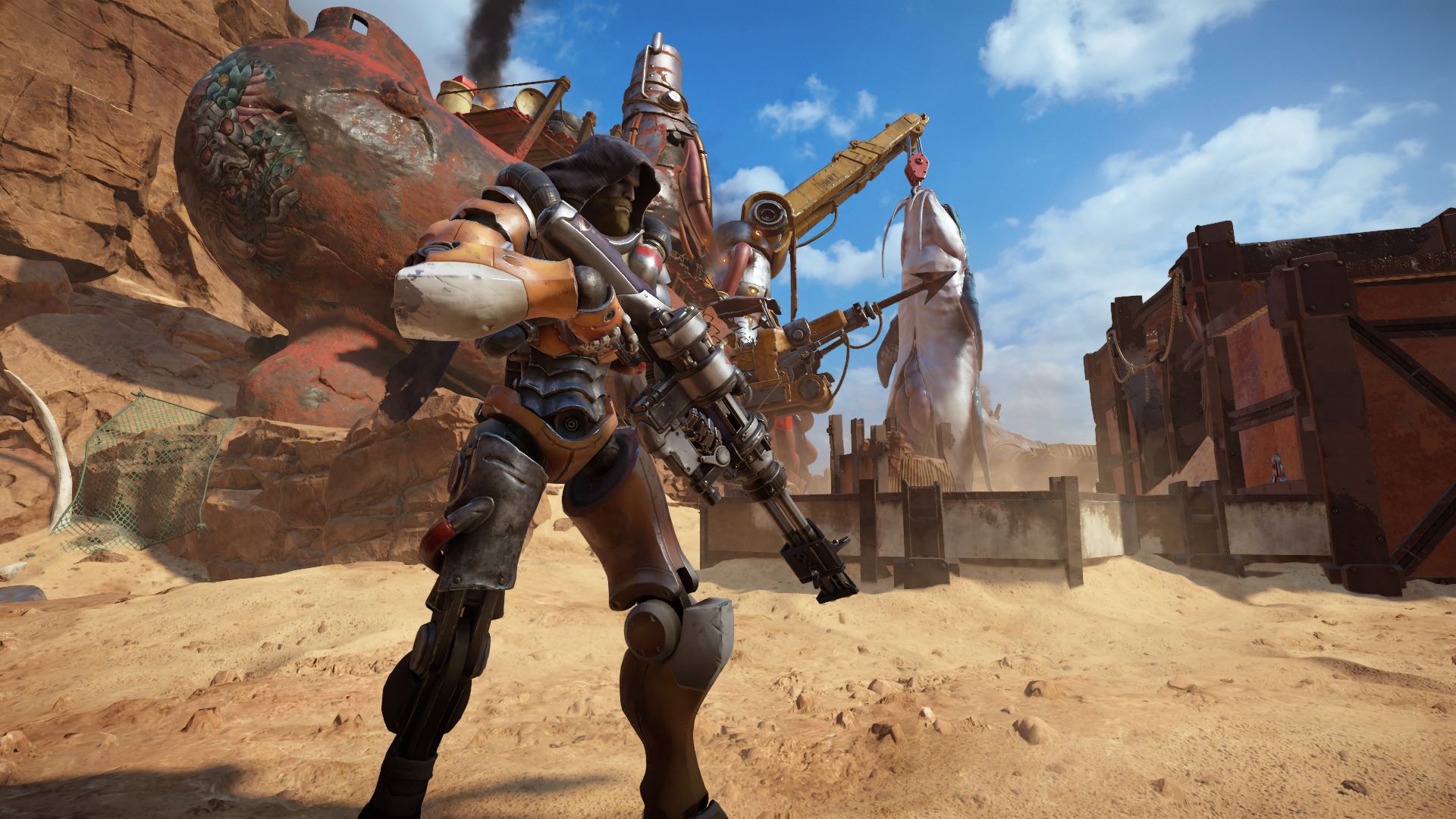
The character classes available in the game is a good mix. Each character has a special active ability, unique weapons, and passive skills cards. There are plenty of options for all gameplay styles, from the Lycus the close quarters brawler to Harec the stealthy sniper. The unique abilities and weapons for each character do a good job of differentiating characters who share similar roles. I really like the fact each mission will suggest characters to avoid based on the missions objectives and map layout.
The maps are not particularly interesting. It feels like the excitement crescendos during the second prologue mission to free Lycus Dion. Unlike the other maps, it feels like it has the most variety in its objectives and is the fastest pace of all the maps. The four maps of “Alien Myths” on the other hand feel old very quickly with the same handful of objectives mixed and matched together. The doldrums is only broken with the two boss fights that are way too simple in nature to be satisfying.
When playing Raiders of the Broken Planet, the old quote from George Santayana’s Reason in Common Sense comes to mind: “Those who cannot remember the past are condemned to repeat it.” Gaming history is littered with titles that died because of a horrible monetization strategy. Clearly, MercurySteam has not learned from the errors of Battleborn, Evolve, and the many other games now inhabiting that graveyard. Raiders of the Broken Planet uses three different currencies for purchasing new characters, upgrading existing ones, building weapons, and so forth. Each run will offer players the choice of one type of currency, or if the player is lucky, a weapon blueprint. The currency system gets even more muddied with the addition of a paid currency for unlocking skins and new characters. More galling is the fact not all characters are unlocked from owning the game and completing the necessary missions. One character actually needs to be purchased separately. Since the game is being released in four parts, I can fully understand forcing players to cough up some sort of currency, whether earned from gameplay or with real money, to purchase characters introduced by another campaign that the player decided not to purchase. However, not having all characters unlocked from that come with that campaign is a terrible idea, especially when there is plenty of individual character progression that requires currency. At the end of the day, unlocking the one character isn’t too expensive, but it is the principle of the matter.
Visuals
Raiders of the Broken Planet boasts a solid visual style. The Broken Planet is a dusty place with influences from sci-fi, steampunk, and post-apocalyptic settings. The character design is excellent with visually distinct factions. On the technical side, the game is offers the standard array of video options for the PC.
Audio
The audio experience is enjoyable for the most part. The sound effects and soundtrack is like a good workhorse: dependable, though nothing outstanding. The voice acting is good for the most part with a variety of accents to help distinguish characters. Villain Uras Beherit’s voice acting is probably the weakest and most disjointed, with his delivery clashing horribly with his pitifully small handful of lines.
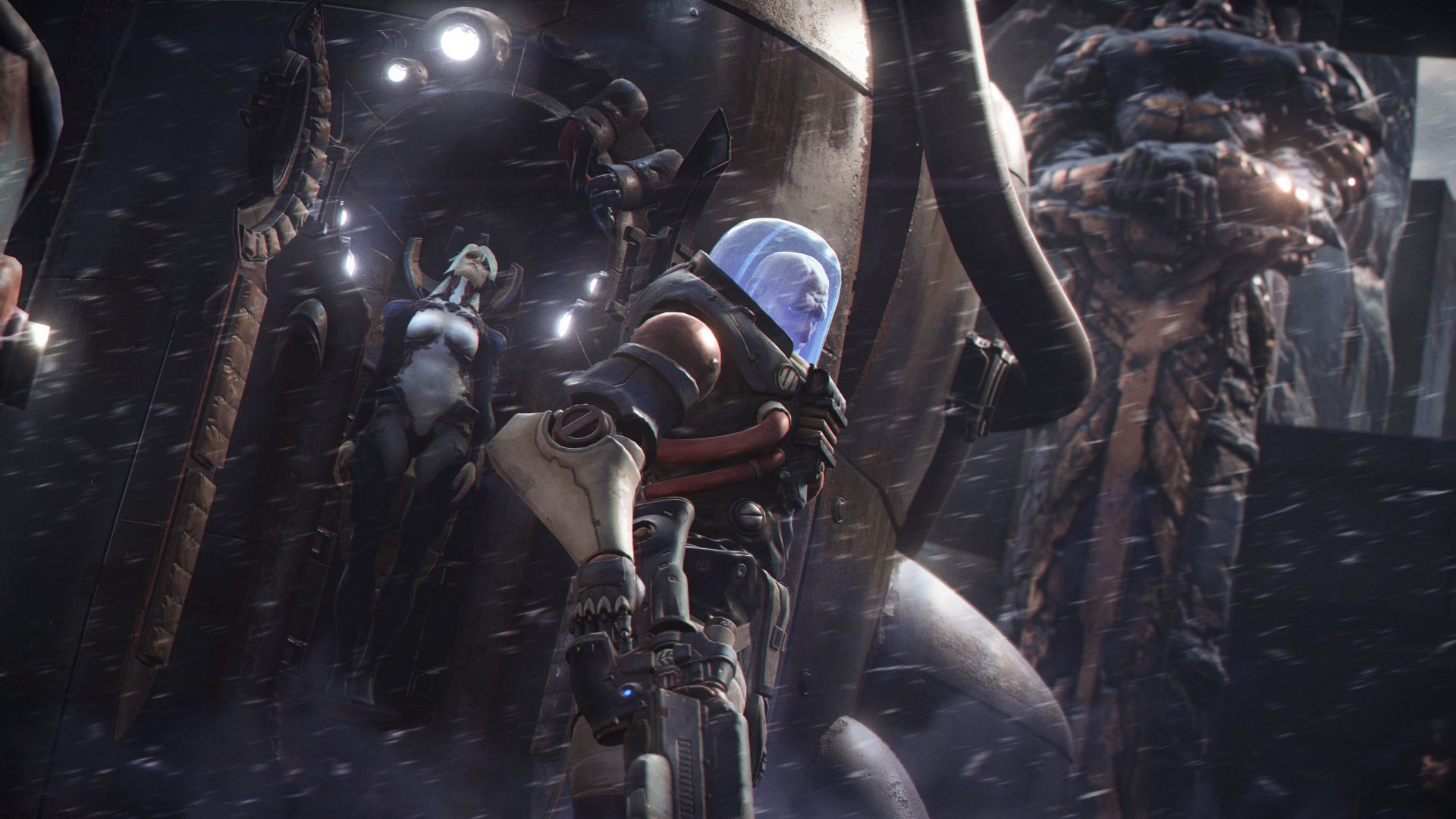
Overall
Raiders of the Broken Planet is full of great ideas with awful execution. I give credit for MercurySteam for taking some chances and trying out some new ideas for a tired genre, but many of them just did not turn out. Combined with the awful monetization strategy, I have to wonder if Raiders of the Broken Planet would have been better off to launch in early access for a year so the dev team could collect feedback and tweak the gameplay as necessary while they finished creating all four campaigns, then launch the game as a complete package. Unfortunately, it’s hard to recommend Raiders of the Broken Planet right now to all but the most ardent fans of the game’s premise.
Capsule Computers review guidelines can be found here.


